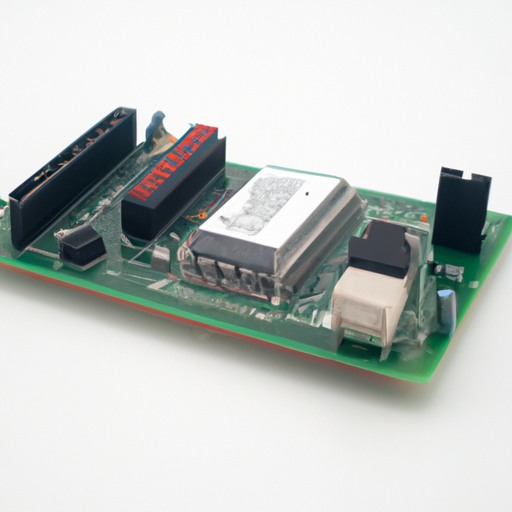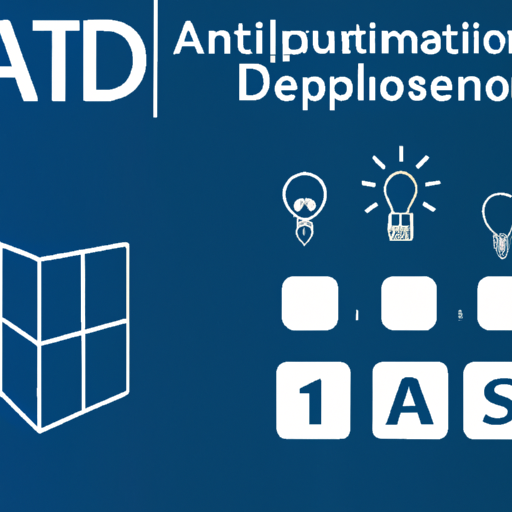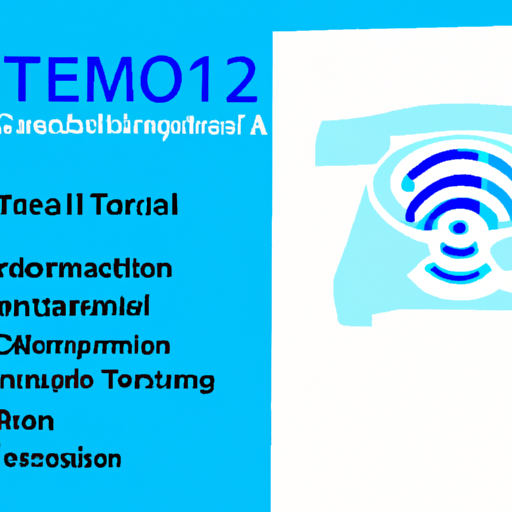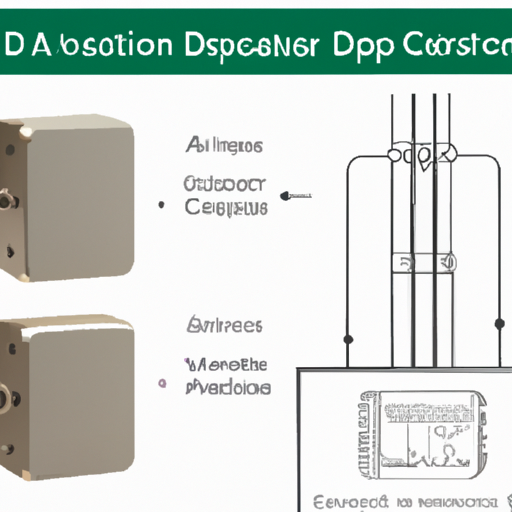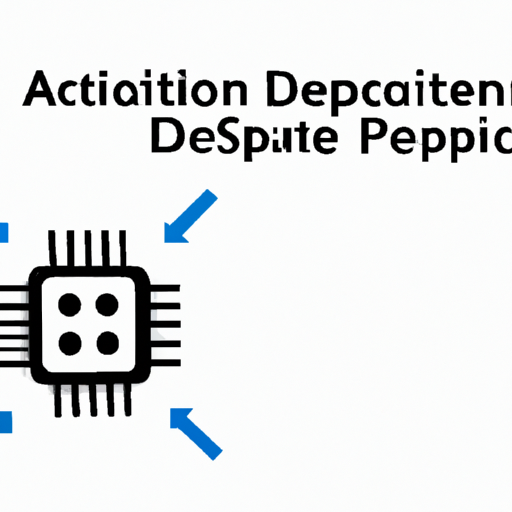1N4001-T Analog to Digital Converters (ADC) highlighting the core functional technology articles and application development cases of Analog to Digital Converters (ADC) that are effective.
Overview of Analog to Digital Converters (ADC)
Analog to Digital Converters (ADCs) are essential components in modern electronic systems, enabling the conversion of continuous analog signals into discrete digital values. This conversion is crucial for processing, storing, and transmitting data in various applications.
Core Functionality of ADCs
| 1. Sampling | |
| 2. Quantization | |
| 3. Encoding | |
| 4. Resolution | |
| 5. Speed | |
| 1. Medical Devices | |
| 2. Consumer Electronics | |
| 3. Industrial Automation | |
| 4. Automotive Applications | |
| 5. Telecommunications | |
| 6. Audio Processing |
Types of ADCs
| Successive Approximation Register (SAR) ADC: Successive Approximation Register (SAR) ADC: |
| Sigma-Delta ADC: Sigma-Delta ADC: |
| Flash ADC: Flash ADC: |
| Pipeline ADC: Pipeline ADC: |
Application Development Cases
Conclusion
Analog to Digital Converters (ADCs) are vital in bridging the analog and digital worlds, facilitating the conversion of real-world signals into digital data for various applications. Their versatility and effectiveness make them indispensable in industries such as healthcare, consumer electronics, industrial automation, automotive, telecommunications, and audio processing. Understanding the core functionalities and types of ADCs is essential for selecting the appropriate converter for specific applications, ensuring optimal data acquisition and processing.

